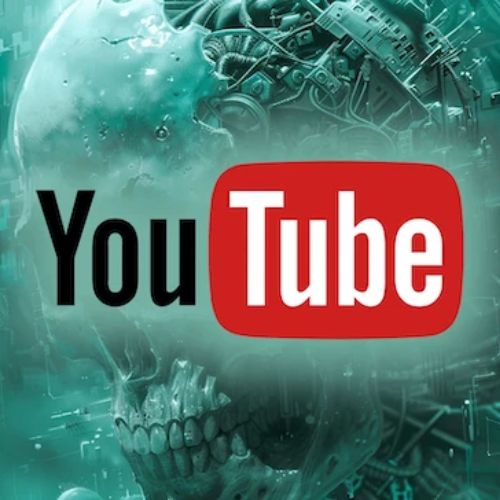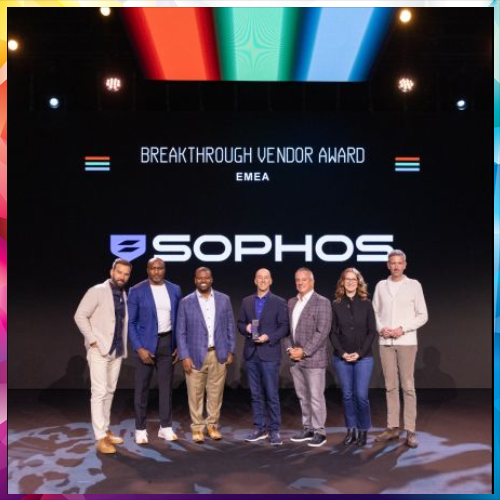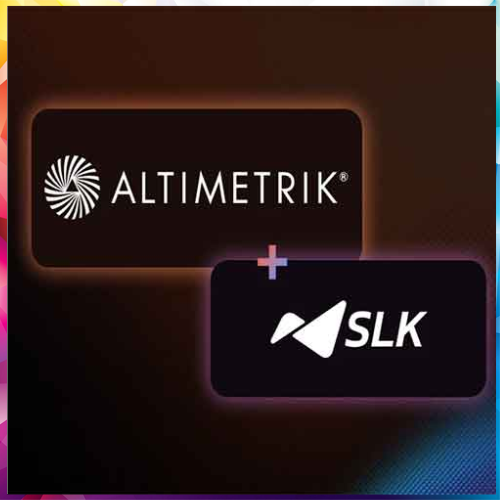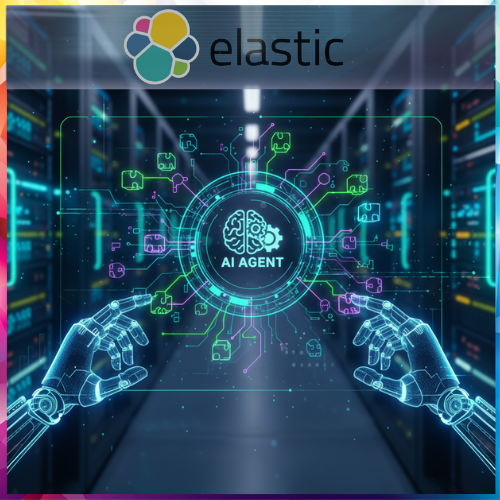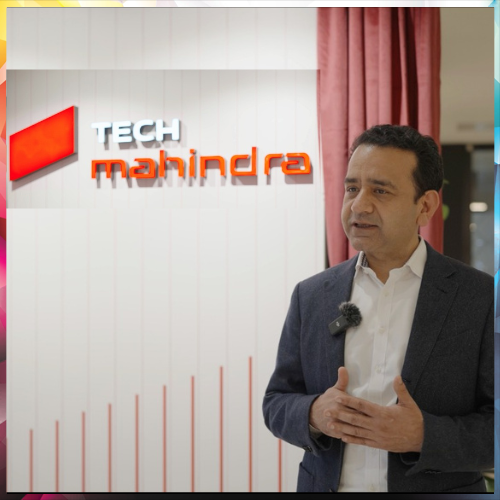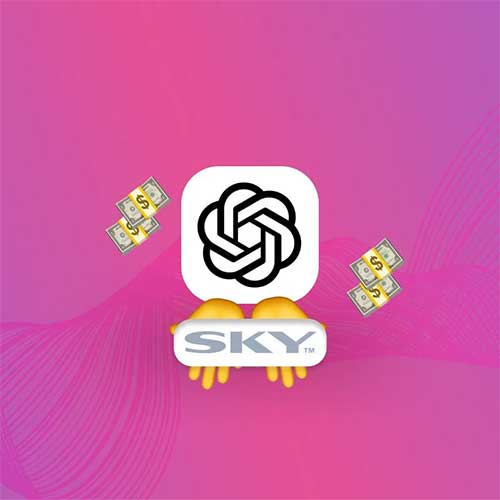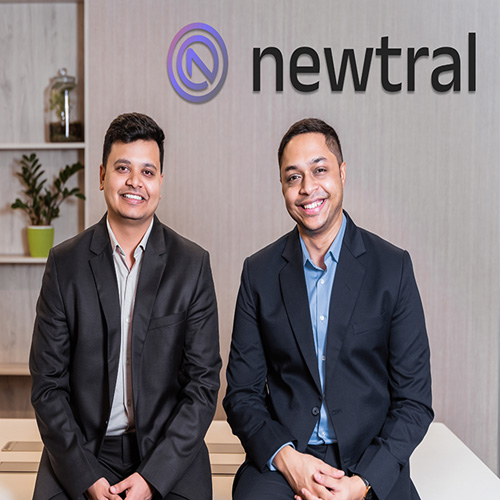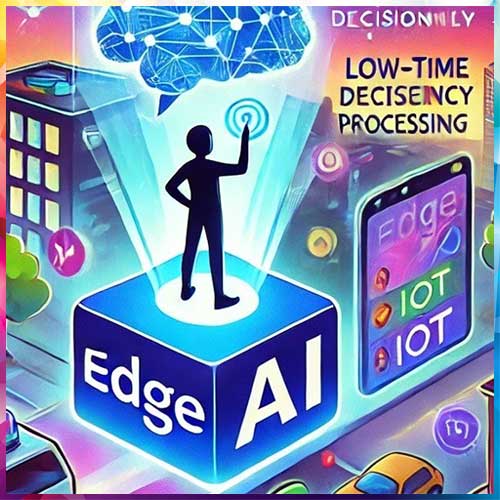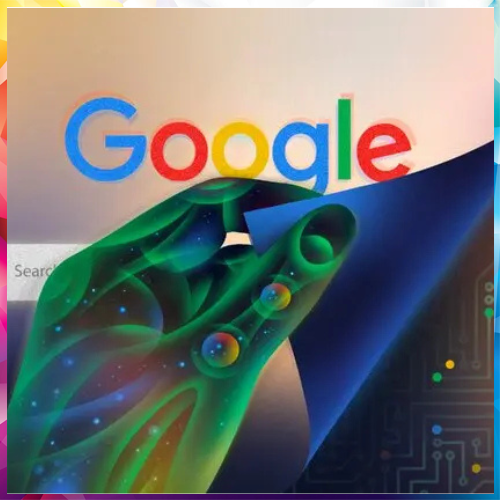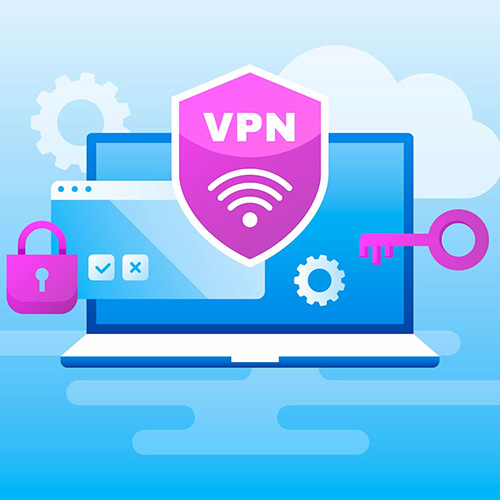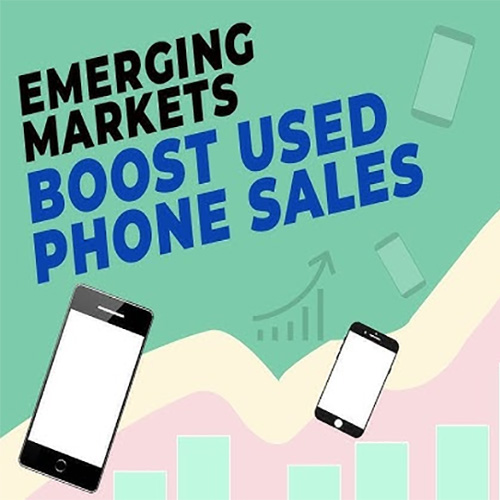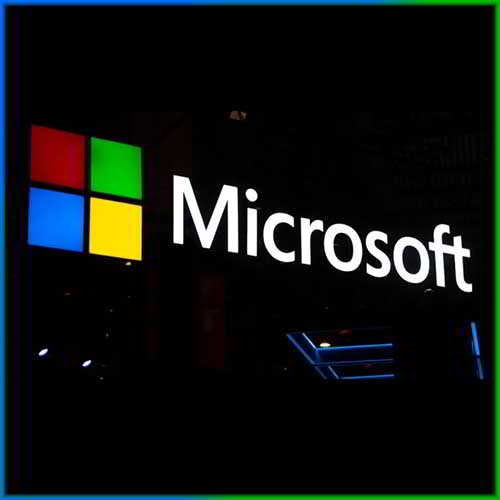
There is a question comes on when everything is going well then why to adopt a newer technology like IoT. It is like jumping from frying pan to the Fire, when the 94% enterprises will use IoT by end 2021: A report from Microsoft says.
Organisations understand Security concerns while implementing IoT and the top three security concerns found among IoT adopters include creating strong user authentications (43%), tracking and managing each IoT device (38%) and securing endpoints for each IoT device (38%). There is a skills gap for IoT solutions that is compounded by complexity of solutions.
IoT devices becoming a gateway to our homes, workplaces, and industries, they also become targets for attacks. As per the survey report of Microsoft , most of the enterprises felt they have a concern over the security while implementing IoT, but this is not hindering adoption. The report further says, IoT is seen as profitable and critical to business success and is creating opportunities to leverage more advanced cloud and networking technologies, according to Microsoft’s new report - IoT Signals.
According to the report, Nearly 85% surveyed are adopting IoT and 88% see IoT as critical to business success. Businesses adopting IoT believe that they will see a 30% ROI on their IoT projects going forward. Respondents also believe that critical technology drivers for IoT success in the next two years are AI, edge computing and 5G, followed by digital twins and blockchain.
The report provides an insight on the state of IoT adoption, and how a company can better serve its partners and customers, as well as help business leaders in development of their own IoT strategies. Microsoft surveyed more than 3,000 IoT decision-makers in enterprise organizations to give the industry a holistic, market-level view of the IoT ecosystem, including adoption rates, related technology trends, challenges and benefits of IoT.
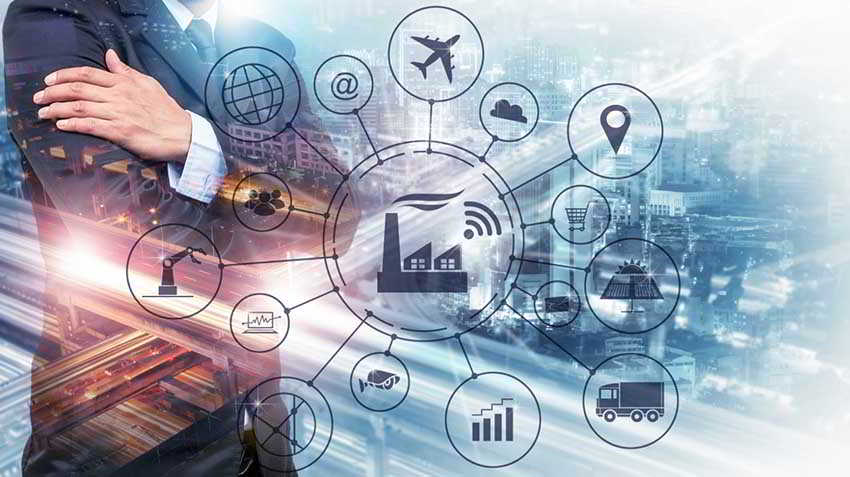
Nearly all respondents have security concerns when implementing IoT, but this is not hindering adoption. Internet connectivity is a two-way street. With these devices becoming a gateway to our homes, workplaces, and industries, they also become targets for attacks. The cost of a data breach averages between $4M and $8M dollars and the costs only compound as you think about additional damage to your brand and to the operational technology driving your business’s revenue.
The top three security concerns we found among IoT adopters are: creating strong user authentications (43%), tracking and managing each IoT device (38%) and securing endpoints for each IoT device (38%).
Microsoft surveyed more than 3,000 IoT decision-makers in enterprise organizations to give the industry a market-level view of the IoT ecosystem, including adoption rates, related technology trends, challenges and benefits of IoT.
The top three security concerns found among IoT adopters include creating strong user authentications (43%), tracking and managing each IoT device (38%) and securing endpoints for each IoT device (38%). There is a skills gap for IoT solutions that is compounded by complexity of solutions.
IoT Signals key findings:
* # 85% of respondents are in IoT adoption, and three-fourths of these have IoT projects in planning.
* # Among IoT adopters, 88% believe IoT is critical to business success.
* # IoT adopters believe they will see a 30% ROI, inclusive of cost savings and efficiencies, two years from now.
* # Nearly all IoT adopters - 97% - have security concerns when implementing IoT, but this is not hindering adoption.
* # 38% of IoT adopters cite complexity and technical challenges to using IoT as a barrier to furthering their IoT adoption.
* # Lack of talent and training present challenges for half of IoT adopters, and 47% say there are not enough available skilled workers.
* # Respondents believe critical technology drivers for IoT success in the next two years are AI, edge computing and 5G.
* # Nearly one-third of projects (30%) fail in the proof-of-concept stage, often because implementation is expensive or bottom-line benefits are unclear.
The proliferation of IoT devices is enabling companies to bring cloud intelligence to the edge, to create solutions that are adaptive and responsive to their environments. “According to IDC’s Worldwide Global DataSphere IoT Devices and Data Forecast, IDC expects there to be 41.6 billion connected IoT devices by 2025 - growing at a rate of 8.9% over the forecast period,” said Carrie MacGillivray, group vice president, IoT, 5G and Mobility at IDC. “As the market continues to mature, IoT increasingly becomes the fabric enabling the exchange of information from ‘things’ to people and processes. Data becomes the common denominator - as it is captured, processed, and used from the nearest and farthest edges of the network to create value for industries, governments, and individuals’ lives.”
To further advance customer and partner success, Microsoft is investing $5 billion in IoT and intelligent edge technologies and ecosystem by 2022. In just the past year, Microsoft has added over 100 new features and services and released 70 new IoT partner announcements, and has an ecosystem of over ten thousand IoT and intelligent edge partners to help customers, no matter where they are on their IoT journey.
See What’s Next in Tech With the Fast Forward Newsletter
Tweets From @varindiamag
Nothing to see here - yet
When they Tweet, their Tweets will show up here.





